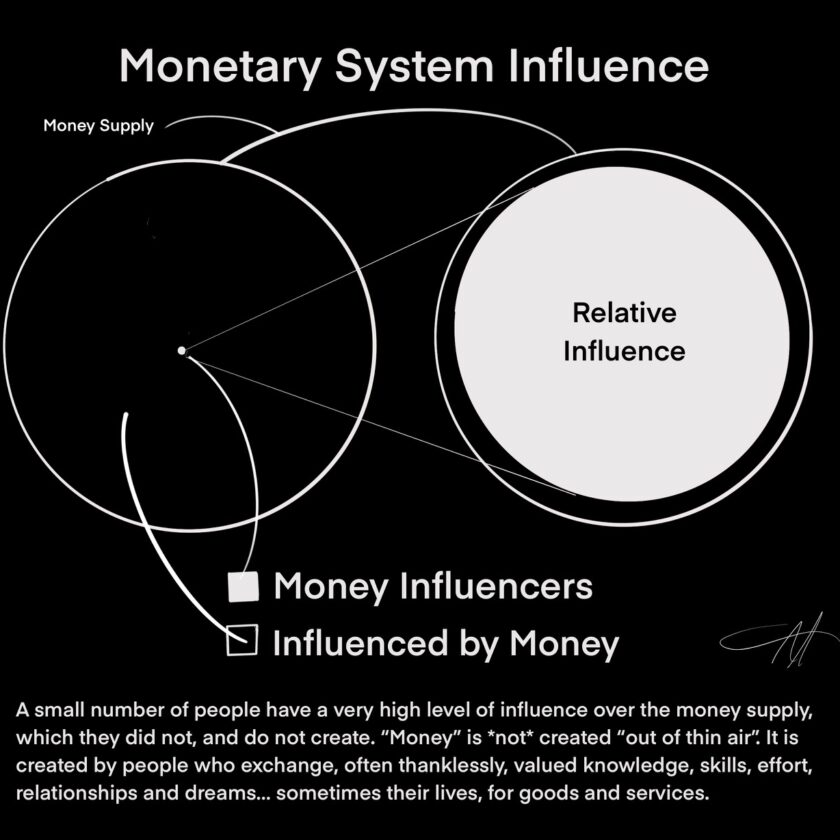People are discovering, and talking about magnesium, and it’s no longer just about cool wheels for their cars. In fact, it hasn’t been about wheels for a long time. Many of the people who dug “mag wheels” are now discovering that their body needs trace amounts of this important metal more than their car ever did. Thanks to a number of books on the subject, including The Magnesium Factor: How One Simple Nutrient Can Prevent, Treat, and Reverse Disease, by the late Dr. Mildred Seelig, a pioneer in clinical magnesium research, The Magnesium Miracle, by Dr. Carolyn Dean, and Transdermal Magnesium Therapy, by Mark Sircus, Ac., OMD, there is a wealth of information available to anyone willing to do the research. For that significant portion of the population who tend not to take the time to do the research until their well into a diseased state, I offer the following thoughts.
See magnesium as a food, not as a medicine
Your body needs magnesium in order to perform an incredible variety of functions, from energy, enzyme, and hormone production, to bone, muscle, and neurological health. When magnesium is in the body in balanced, sufficient supply, a wonderful thing happens: health. Most people don’t know what health feels like, so they tend to cope with disease.
In spite of my recommendation that we view magnesium as a food, for a number of reasons, it’s impossible to eat our way into magnesium sufficiency. It’s fairly common knowledge that crops are being grown in magnesium depleted soil, but the ramifications are rarely considered. Also not considered are the ramifications of the synthetic hormones, pesticides, and toxins that are routinely used, either in the growth or processing of our foods, or simple environmental exposure. However, the ramifications can be readily understood when we look at our health today.
Viewing magnesium (along with other trace minerals) as food for the body, lessens the likelihood of seeing it as a remedy or panacea when a diseased condition abates after intake. The condition abates, not because magnesium was a remedy to be put back into the medicine cabinet until the condition returns, but because you gave the body food that it expressed a need for, which you satisfied.
So, let’s see how this simple perceptual shift can work in real life. Let’s say a man has a heart attack, and is rushed to the hospital. Upon arrival, the emergency room staff will quickly inject a solution of magnesium chloride. If done in time, the heart function begins to normalize. The patient is hospitalized for a few days, drugs administered, and released to return to his old ways of doing things.
But what really happened here?
If the man had heart disease, it means that very likely, a blockage had developed in his heart, or somewhere in the arterial network that delivers blood to the heart. The obstructed blood flow certainly would have negatively impacted the heart valve function, as well as the ability of the heart to pump oxygen rich blood throughout the body. However, if a severe infusion of magnesium actually ameliorated the condition, then does that not mean that he was severely deficient in magnesium in the first place?
Our medical system could have done him a great service beyond injecting him with magnesium. It could have alerted him to this major contributing cause of his heart condition, and helped him go on a replenishment regimen to truly reduce the chances of its recurrence. However, it charges the insurance company an exorbitant sum of money, then sends him home with a laundry list of exorbitantly priced drugs, with full knowledge that his return is inevitable.
Of the books listed above, Transdermal Magnesium Therapy introduces a magnesium replenishment regimen that everyone can do, involving ocean derived magnesium chloride that takes liquid form, which is applied directly to the skin. Every day we are hearing wonderful accounts from people who are seeing their health status normalize after they’ve begun safely raising magnesium levels by bypassing the digestive track. It makes sense when you see it simply as the new way to get the food your body needs.





Magneforce, the best magnesium you can ever get. it’s liquid so the body absorbs it better, and they market it like it’s a way of life. Put some in your water, in your food, in your beer etc.
My wife´s family going back at least 3 generations has a history of chronic constipation. In my wife´s case this has been exacerbated by chemotherapy. Since taking only two magnesium supplement tablets her condition has reversed. Could the magnesium have affected her digestive system so radically?.
I use a foot spa which I put 1/2 cup of epsom salt in the warm, bubbling water and my feet soak in it for 30min – 1hr. It is sooo relaxing and many times I fall asleep. It sends such a warm feeling up the body and I wonder if it is the Magnesium in the water b/c without the added salt I don’t get the same warm, relaxed sensation.
I pour the left over water around my plants. I always have beautiful, healthy plants in the spring and summer!!
As a naturopath I was very interested in what Dr Sircus had to say about magnesium chloride. I am now recomending many of my patients to take mag.c. baths.I have seen so many remarkable results,and I am also bathing in mag.c.myself for the relief of arthritis in my left knee. I now have no pain at all,and I am a picture of health. I am also using the M.M.S which is achieving some amazing results. I have many friends in my church that are very grateful for the mag.c.treatment…….thankyou and well done. Colin Lunn.M.P.M.M.A